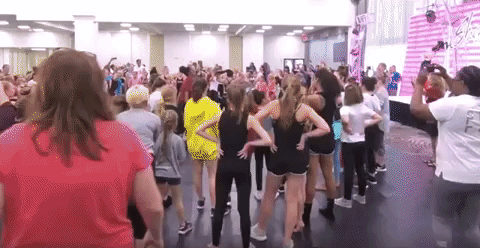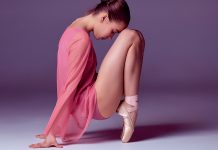
Teachers, we don’t have to tell you that dance is a competitive sport, and on a larger scale, a competitive industry. Dancers are always striving to be “the best” while also being good, supportive members of the overall dance community. But even in a familiar space like the studio, especially for young dancers, it can feel like they are under the microscope at every moment. This makes it hard to fully enjoy being part of the community and sharing a passion for dance with that community.
Peer review techniques are popular in writing and research, but they can be effective for teaching dancers as well. By creating a space for open discussion, you demonstrate in an active way, that your dancers are community members that all deserve an equal level of respect and support as they continuously work on improving their skills.
Workshop Basics
How and how often you apply workshops like this to your class will depend on the style of dance, the number of dancers, and other smaller details specific to your students, but the general structure is something like this: Form a circle with the whole class. You might open the class by letting everyone get rid of nerves by doing a freestyle dance circle that is critique-free and purely for fun (like the dance circle in the GIF above). After that, during the workshop, one dancer should perform a move, a set, etc. that they have been working on improving.
Once the dancer has performed, they will rejoin the circle. The rest of the dancers in the class will go around and comment on the things the dancer who performed did well and the things they might work on or suggestions for how to continue to grow from that point forward. The dancers in the circle should not be allowed to make fun of, hate on, or otherwise be disrespectful or unproductive during the conversation. The goal is to give everyone access to multi-perspective feedback about this work that they can use to inform their dancing going forward. As the teacher, your role is to give feedback and to guide the discussion of the performance in a way that is helpful and reassuring to the performer and the commenters.
Workshopping a Large Class
If you have a large class, you might decide to spend a longer amount of time workshopping one or two dancers during this activity. These dancers can be volunteers from the class who are happy to perform and get peer feedback. Even though not every dancer will be given direct feedback on their work, they are still learning habits for understanding how to look at their own performances and work and how to talk about that in a positive and constructive way.
Why Dancers Need More Than Teacher-Student Feedback
When the only source of performance feedback that your students have is you, the person with the most “power” in the room, they can develop anxiety about getting critiqued or about who is the “right” person to get feedback from and in what context. Letting your students talk to one another about their skills, struggles, and strategies with your expertise as a dance teacher to fill out those conversations teaches them not to be afraid of what their peers think of them, and they will become stronger members of the dance community because of it. This will also likely make your dancers even closer as a class or dance team than they already are.













